Standing at the base of Mount Everest, the tallest mountain on Earth, is something plenty of trekkers dream about. The Everest Base Camp trek attracts adventurers from all over, but what actually happens on the trail is usually different from what they had pictured. There are massive snow-covered peaks, icy rivers, and mountain lodges where you can warm up with tea. But there are also things nobody warns you about, such as sudden weather shifts, challenging climbs, and days when your body just doesn't cooperate.
Many first-timers believe the trek is simply a long walk with lovely views. That’s not the truth! You'll cross suspension bridges, climb through thick forests, and pass through Sherpa villages where life moves at a different pace. The trail itself is rocky and uneven, and you'll be walking for multiple hours each day. You might start the day in sunshine and end it in a snowstorm. Mornings can be freezing, afternoons warm enough to hike in a t-shirt, and nights bitterly cold again. Packing the right gear is crucial, and so is being flexible. Your Lukla flights can get delayed, and plans can change at any time.
However, all the complex parts are worth it. On the Everest Base Camp trek, you’ll witness some of the highest, breathtaking peaks like Mount Everest, Lhotse, Nuptse, Ama Dablam, and Thamserku, along with majestic glaciers including Khumbu, Ngozumpa, and Khumbu Icefall. This blog covers 15 surprising realities and facts of the trek.
Things You Might Have Missed on the Everest Base Camp Trek
Even if you’ve been to Everest Base Camp before or are planning your trip, there are a few things many trekkers often miss. The trail you walked in January can feel completely different in October or November. Weather, trail conditions, and even local festivals like Mani Rimdu can change the whole experience.
The little things on the EBC trek just hit different. You'll walk into a bakery in the middle of nowhere, and they're baking fresh croissants at 4,000 meters. It doesn't make any sense, but whatever, you're eating it. Then there are those moments when you're just sitting outside a teahouse, doing nothing, and taking a bunch of photos you won't even look at later. These aren't the things people put in their trek highlights, but ask anyone who's done it, and they'll tell you about that one cup of milk tea they had on a freezing morning, way more than they'll talk about reaching base camp. It's weird how that works.
15 Surprising Realities of the Everest Base Camp Trek
Let’s explore the hidden truths and unknown facts that often surprise first-time trekkers:
Everest Isn’t Visible from Base Camp
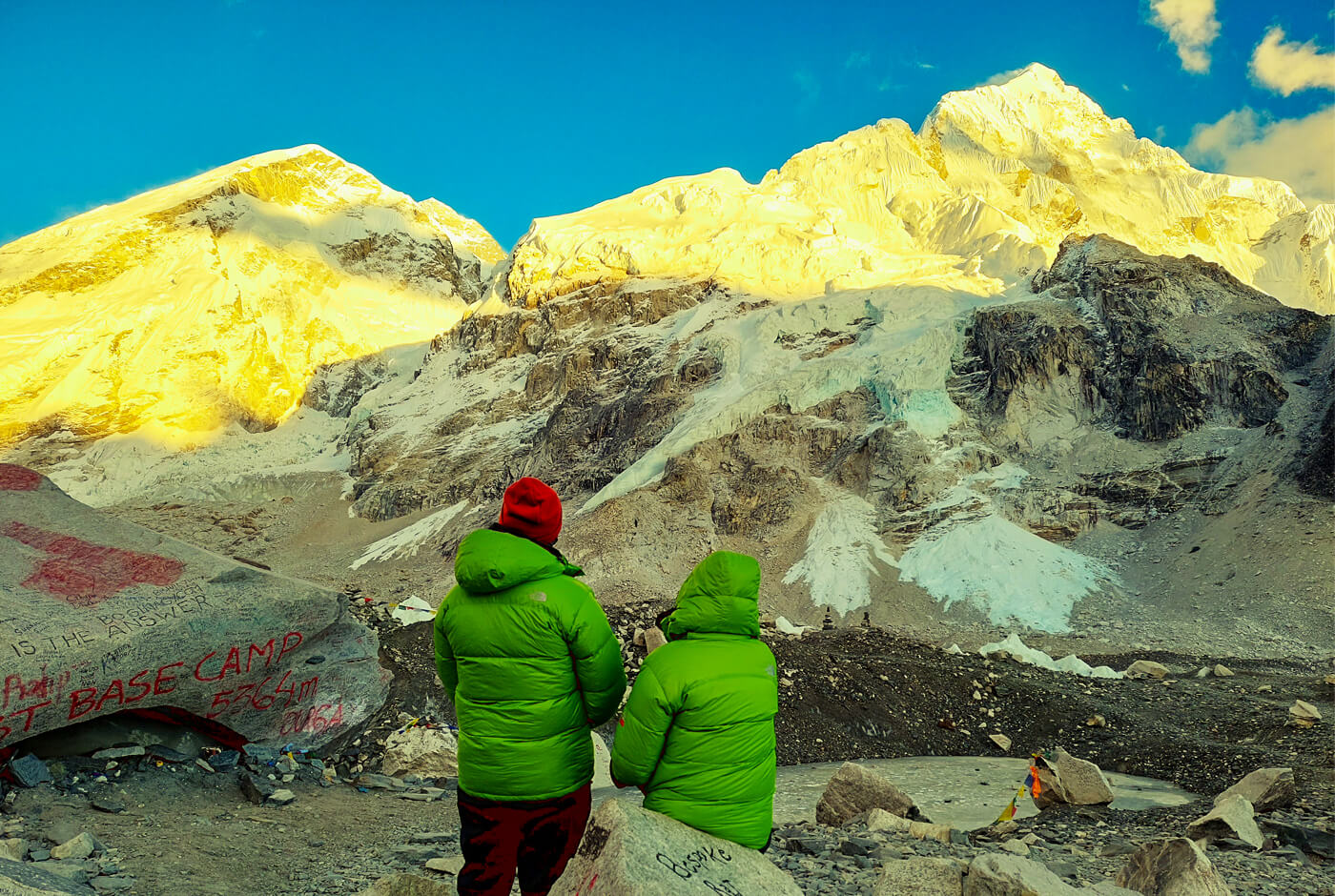
Here's something that catches everyone off guard: you get all the way to Everest Base Camp and you can't even see Everest. Nuptse and Lhotse are just sitting there in front of it, completely blocking the view. Kind of a letdown. That's why most people end up dragging themselves up to Kala Patthar at 5,545 meters the next day. That's where you actually get to see what you came for.
Kala Patthar is where most trekkers go for that iconic Everest view. The climb is tough, but it's worth it. From up there, you get an incredible panorama of Everest, Lhotse, and the other peaks around them. It's especially popular at sunrise when the light hits the mountains just right. It's perfect for capturing great photos of the world's highest peak.
Namche's Bakery and The Irish Pub: High Altitude Delights
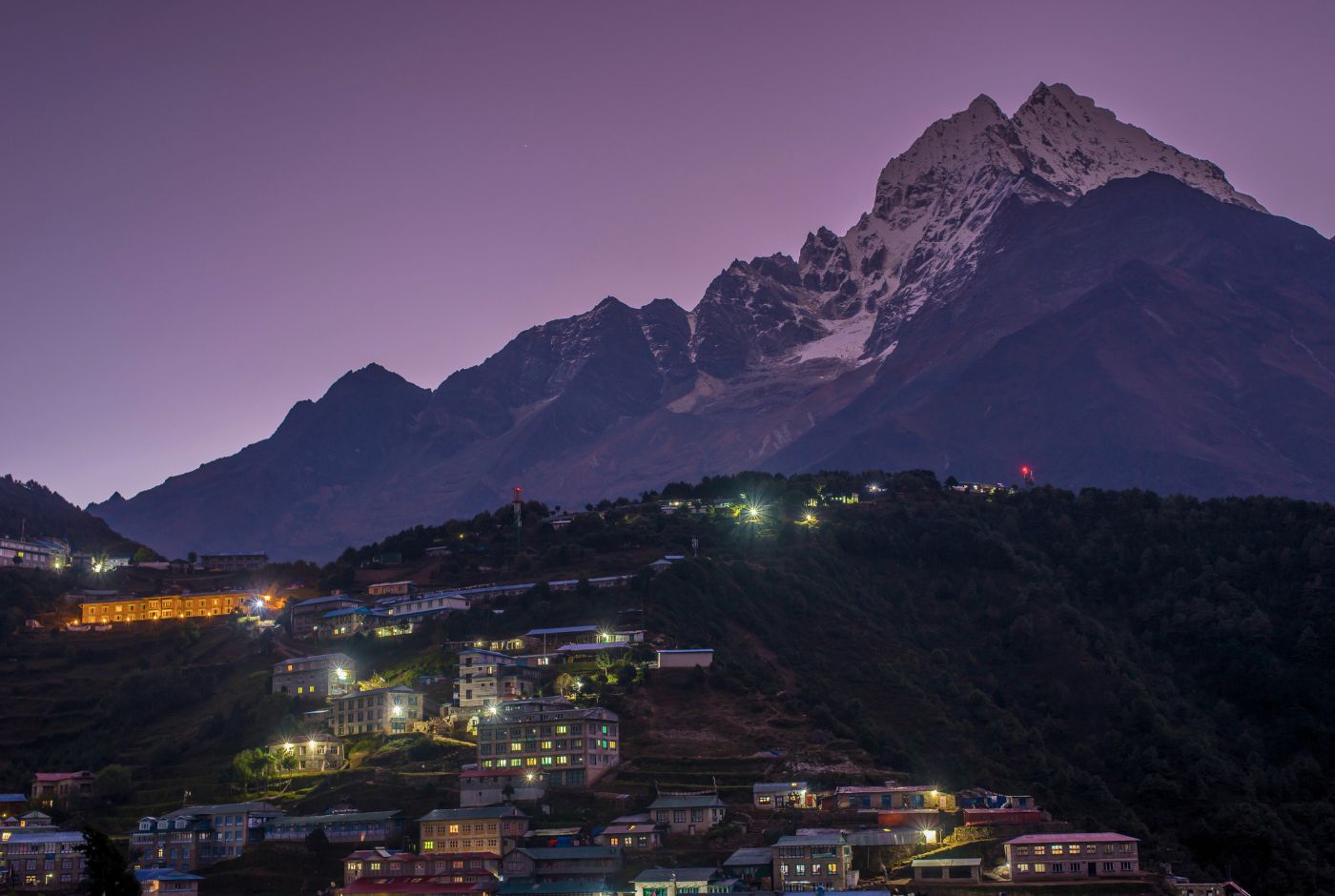
Namche Bazaar is called the "Gateway to Everest" for good reason; there's more to this mountain town than most people expect. Sitting at 3,445 meters, it's home to The Irish Pub, which holds the title of the world's highest Irish pub. Trekkers regularly stop in to warm up over a beer and exchange stories from the trail.
The bakeries here deserve a mention too. After several days on the trek, stumbling upon fresh bread, pastries, and cakes is more meaningful than it sounds. That bit of familiar comfort food makes a real difference when you're that high up.
These places show how the local community has adapted to welcome visitors from everywhere. After spending time at high altitude eating dal bhat, biting into a cinnamon roll or apple pie can feel surprisingly emotional. The mix of familiar comfort food and thin mountain air makes Namche a place where trekkers often stay an extra day or two. Some do it for acclimatisation, others just because it's tough to leave.
Hotel Everest View: A Luxury Above the Clouds
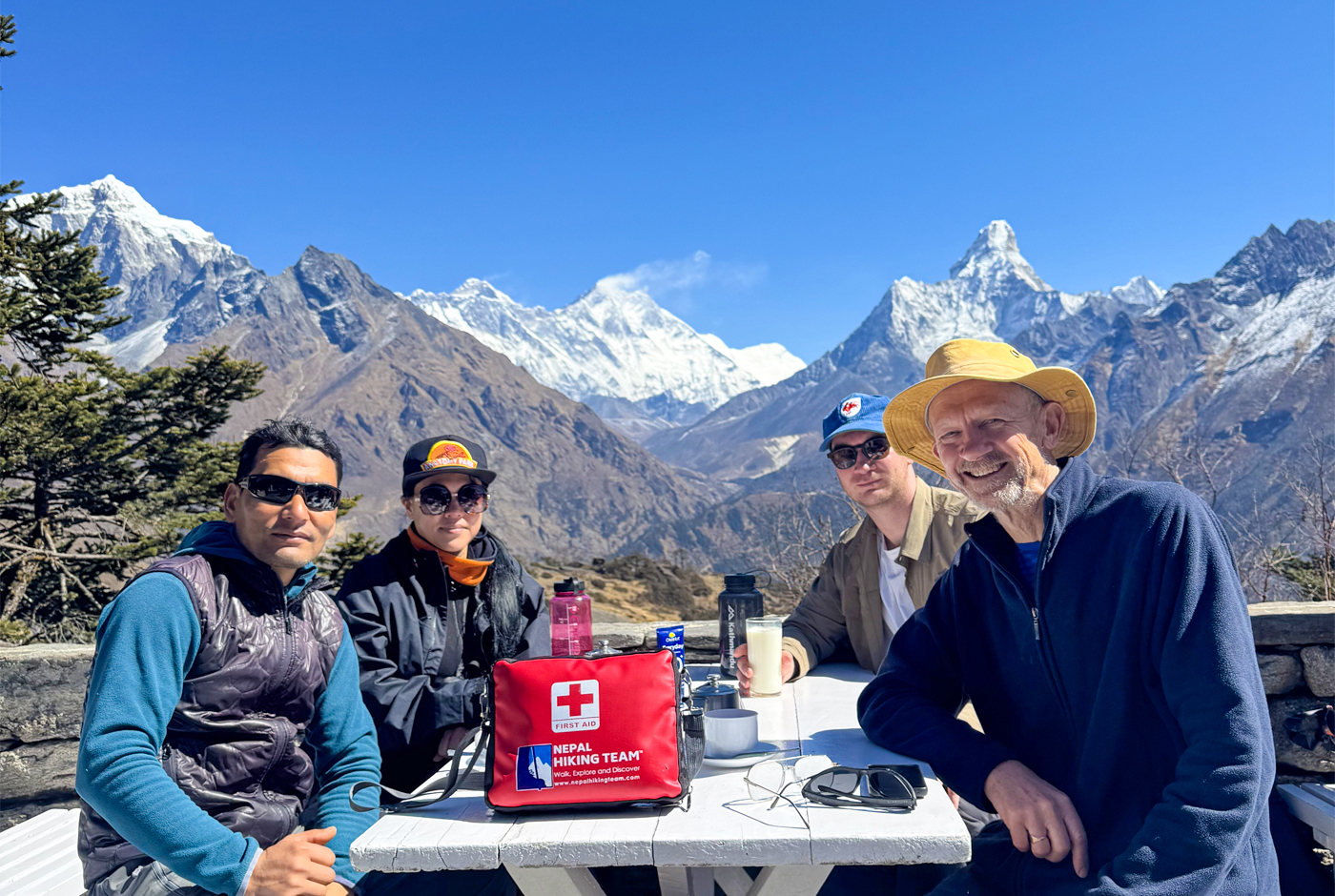
Hotel Everest View sits at 3,962 meters and holds the Guinness World Record as the highest hotel in the world. It opened back in 1971 and offers sweeping views of Mount Everest and the surrounding peaks. Japanese architect Yoshinobu Kumagaya designed it, blending traditional Himalayan style with modern comforts in a way that works surprisingly well at that altitude.
The hotel is located in Sagarmatha National Park, a UNESCO World Heritage Site, placing guests directly within the Everest region's landscape. Trekkers love this spot because you get all the comfort you need without sacrificing those incredible mountain views. Reaching the hotel requires either trekking in or taking a helicopter, so there's no shortcut even if you're paying premium rates.
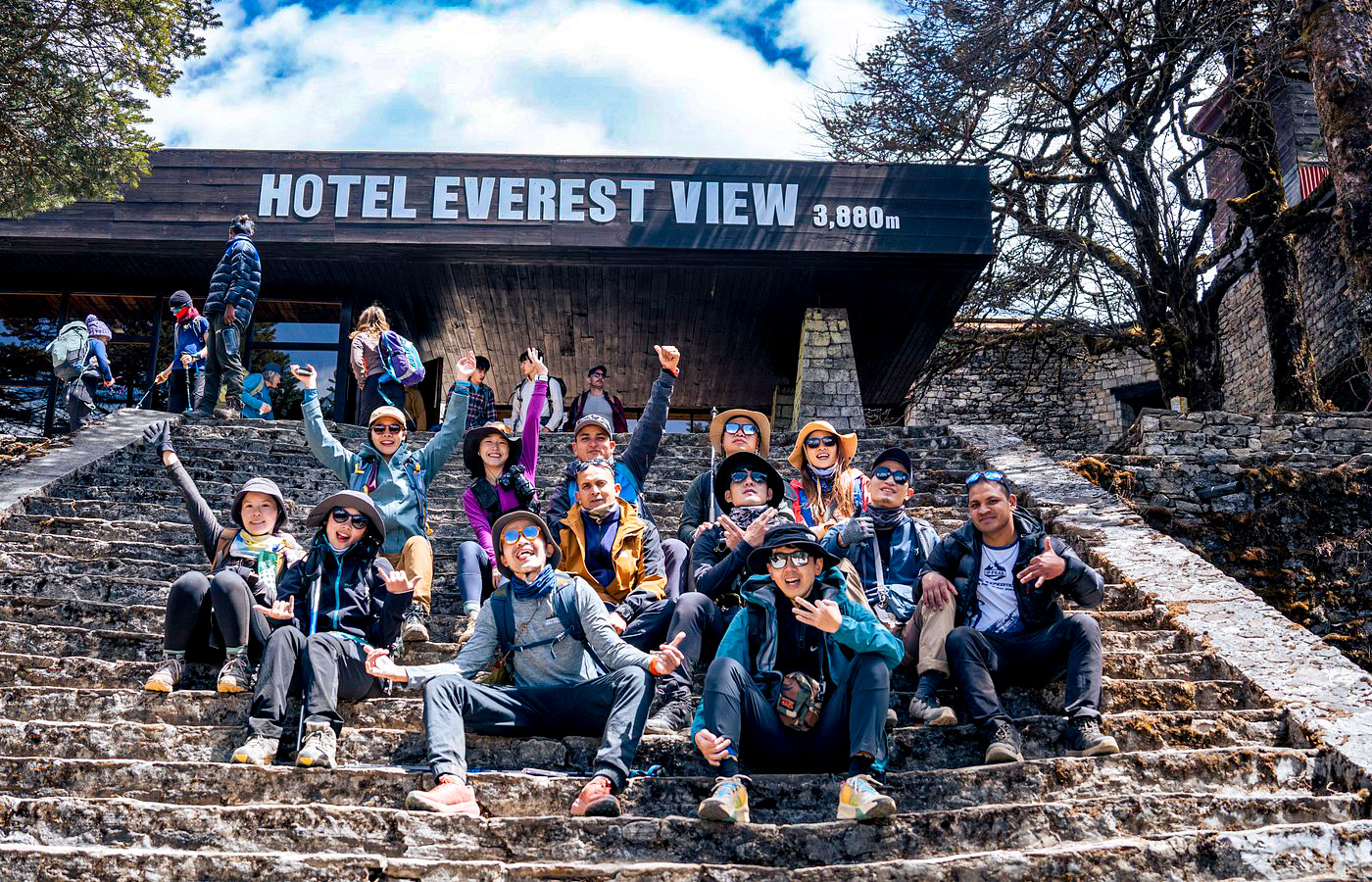
Over the years, it has become a landmark, demonstrating that comfortable accommodations are possible even at nearly 4,000 meters. The hotel has hosted people since the 1970s, an unusual but enduring fixture in the region. Despite the high altitude, it stays open year-round during trekking season.
The Yeti: Myth or Reality?
The Yeti legend has captivated people for centuries, despite the lack of scientific proof that it actually exists. Back in 1960, Sir Edmund Hillary brought back what people thought was a Yeti scalp from a monastery in Khumjung after his famous Everest climb. But when they tested it, it turned out to be from a serow, a goat-like animal that lives in the area.
Still, the Yeti has an essential place in Himalayan folklore. The mystery draws in adventurers and adds to what makes the Everest region so special. Local communities have their own stories and beliefs about the creature that they've handed down for generations. This keeps the legend going no matter what science says. These stories change from village to village. Some talk about protective spirits while others describe scarier run-ins.
Lukla: The World's Most Dangerous Airport
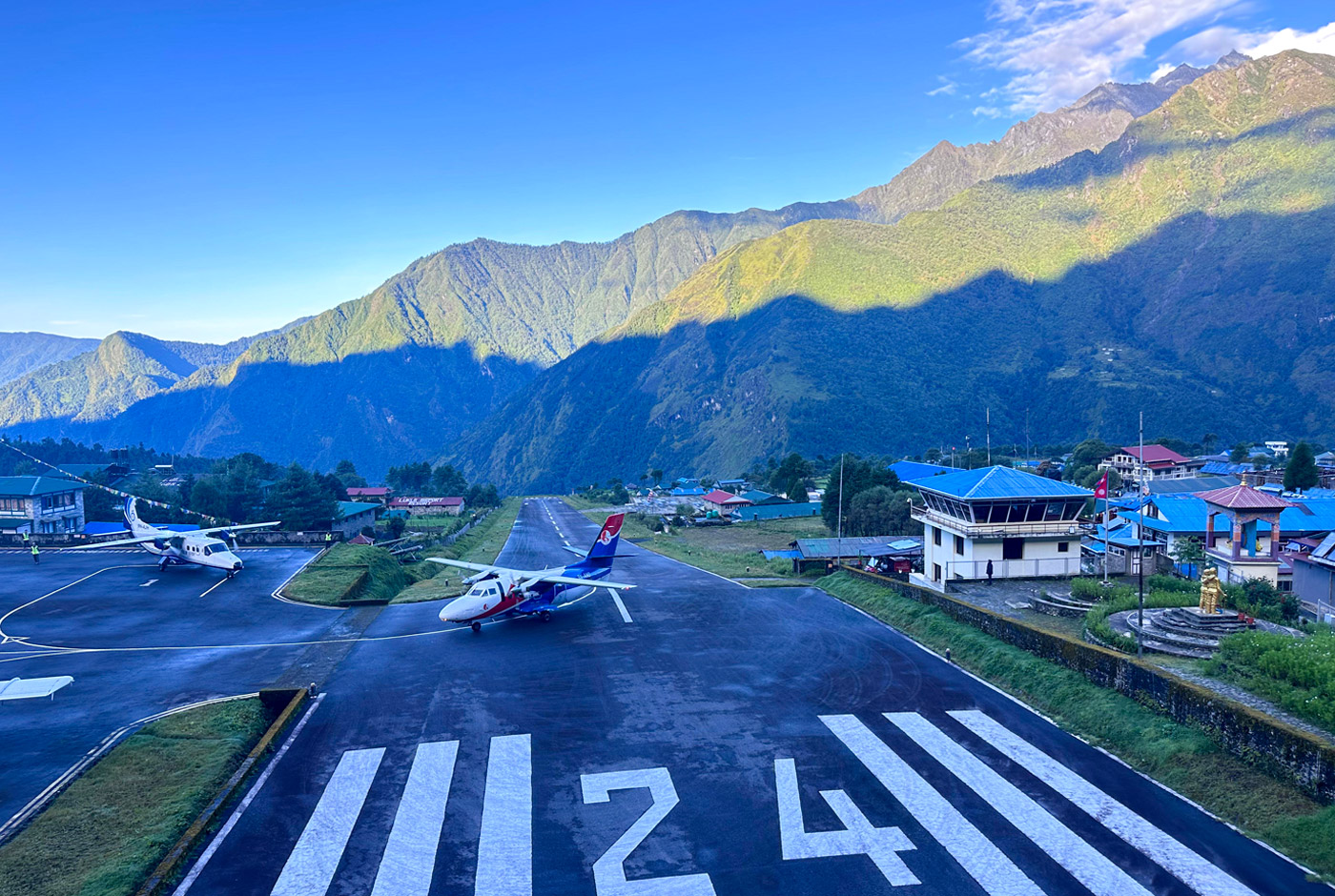
Lukla Airport, officially called Tenzing-Hillary Airport, has earned a reputation as one of the world's most dangerous airports because of its challenging runway and harsh conditions. At 2,860 meters, the airport features a short runway with a steep drop at one end and a stone wall at the other. Pilots rely entirely on visual flying since there are no navigation aids, night flights aren't allowed, and the weather shifts without much warning.
Even with these risks, Lukla Airport remains the main entry point for trekkers heading to the Everest region. Flights run daily between Lukla and Kathmandu when the weather cooperates. The airport's challenging conditions really highlight the skill and experience of the pilots and ground crew who work there. Over the years, they've developed specialized techniques for landing and takeoff that work with the altitude, wind patterns, and terrain. For most trekkers, that landing at Lukla marks the real start of their Everest journey.
Two Everest Base Camps: A Tale of Two Sides
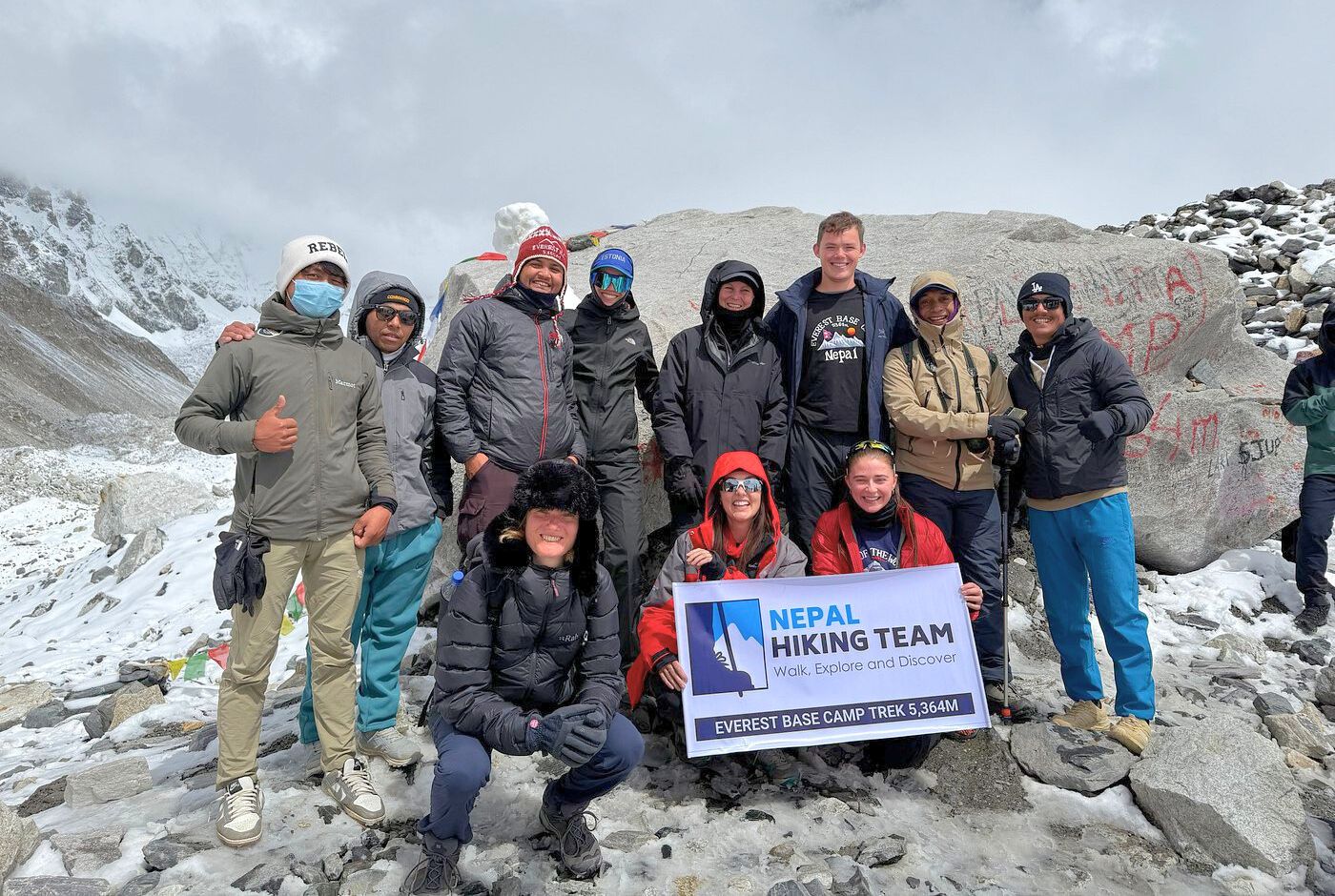
Mount Everest has two base camps: the South Base Camp in Nepal and the North Base Camp in Tibet. The South Base Camp, at 5,364 meters, is the starting point for climbers through the southeast ridge. The North Base Camp, at 5,150 meters, is accessible by a paved road from China and used by climbers on the northeast ridge.
Both base camps are where climbers begin their climb, and each one gives you a completely different view of Mount Everest. South Base Camp is more accessible to trekkers and gets way more visitors, while North Base Camp is stiffer to reach and much quieter if you're trying to avoid crowds. Getting to the Tibetan side means dealing with extra permits and driving for hours across high-altitude plains, which naturally keeps numbers down. The weather's different too; the north tends to be drier, but the wind is brutal compared to the south.
World’s Highest Post Office
Located at an elevation of 5,200 meters, the Everest Base Camp Post Office in Tibet holds the title of the world's highest post office. Established in 2008, this basic China Post Office allows travelers to mail postcards and letters from one of the most remote places on Earth. It's become a regular stop for trekkers and climbers who want to share their experience tangibly with people back home.
The Everest Base Camp Post Office demonstrates the local community's remarkable achievement in overcoming harsh conditions. Despite being so far from everything, the post office runs smoothly and gets messages from the world's highest point to their destinations. Mail collection occurs less frequently than in urban areas, but the system operates reliably despite the logistical challenges. During peak climbing season, the small office can process hundreds of postcards daily. For many visitors, sending a postcard from there becomes as memorable as reaching base camp itself.
Gorakshep: The Highest Settlement
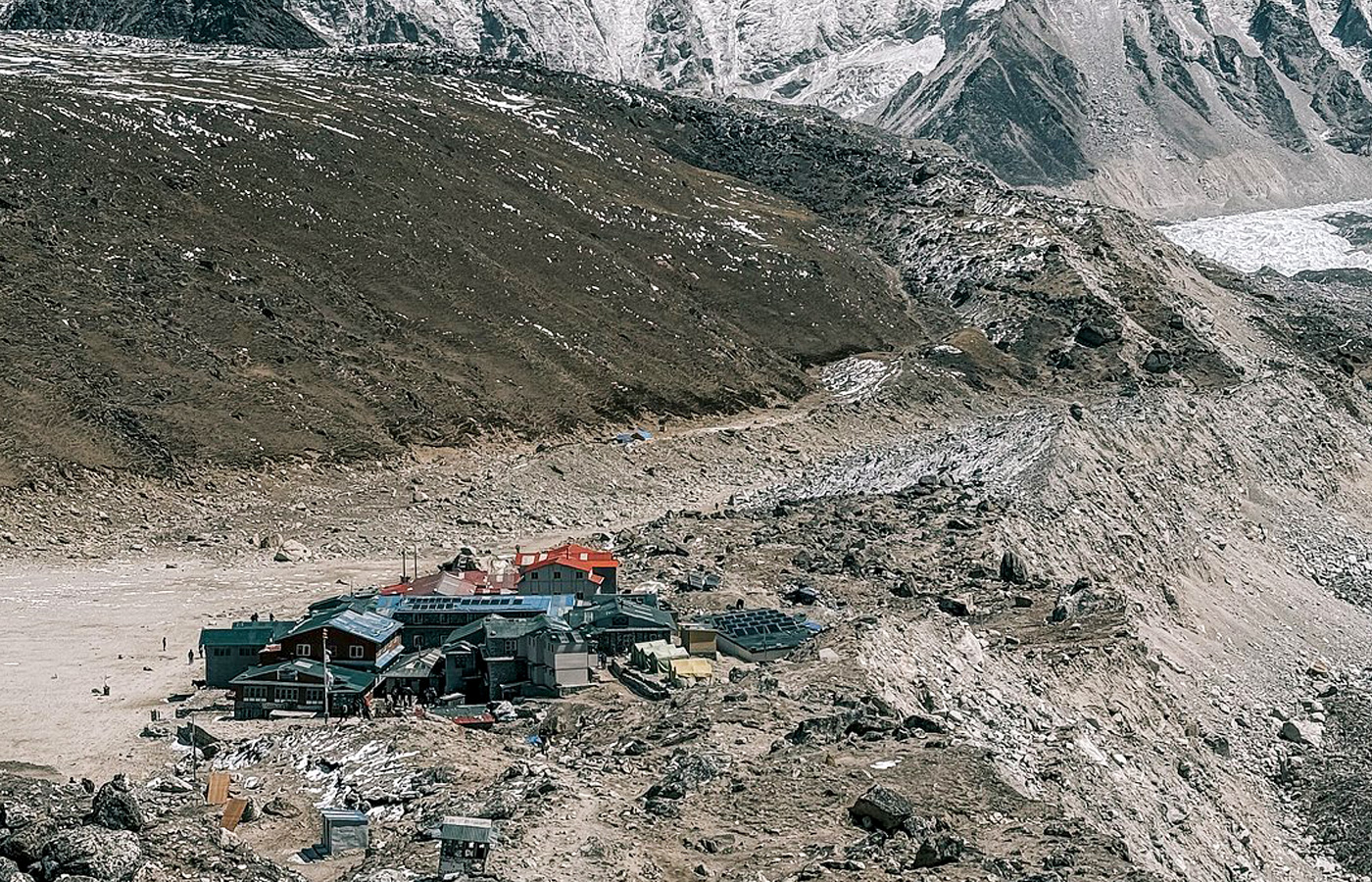
Gorakshep sits at 5,164 meters and is the highest settlement in the Everest region. It used to be the base camp for Everest climbers, but now it functions as the final stop for trekkers on their way to base camp. The settlement has basic lodging and serves as an important acclimatization point before people push higher.
The environment is harsh, but Gorakshep has developed into an essential hub for trekkers and climbers over the years. Surrounded by peaks and glaciers, it offers visitors an impressive landscape. Spending a night here helps your body adjust to the extreme altitude before you head to either base camp or Kala Patthar. The teahouses operate in conditions that would shut down most businesses, yet they continue to provide warm meals and shelter when you need it most.
Kala Patthar: Height Revisited
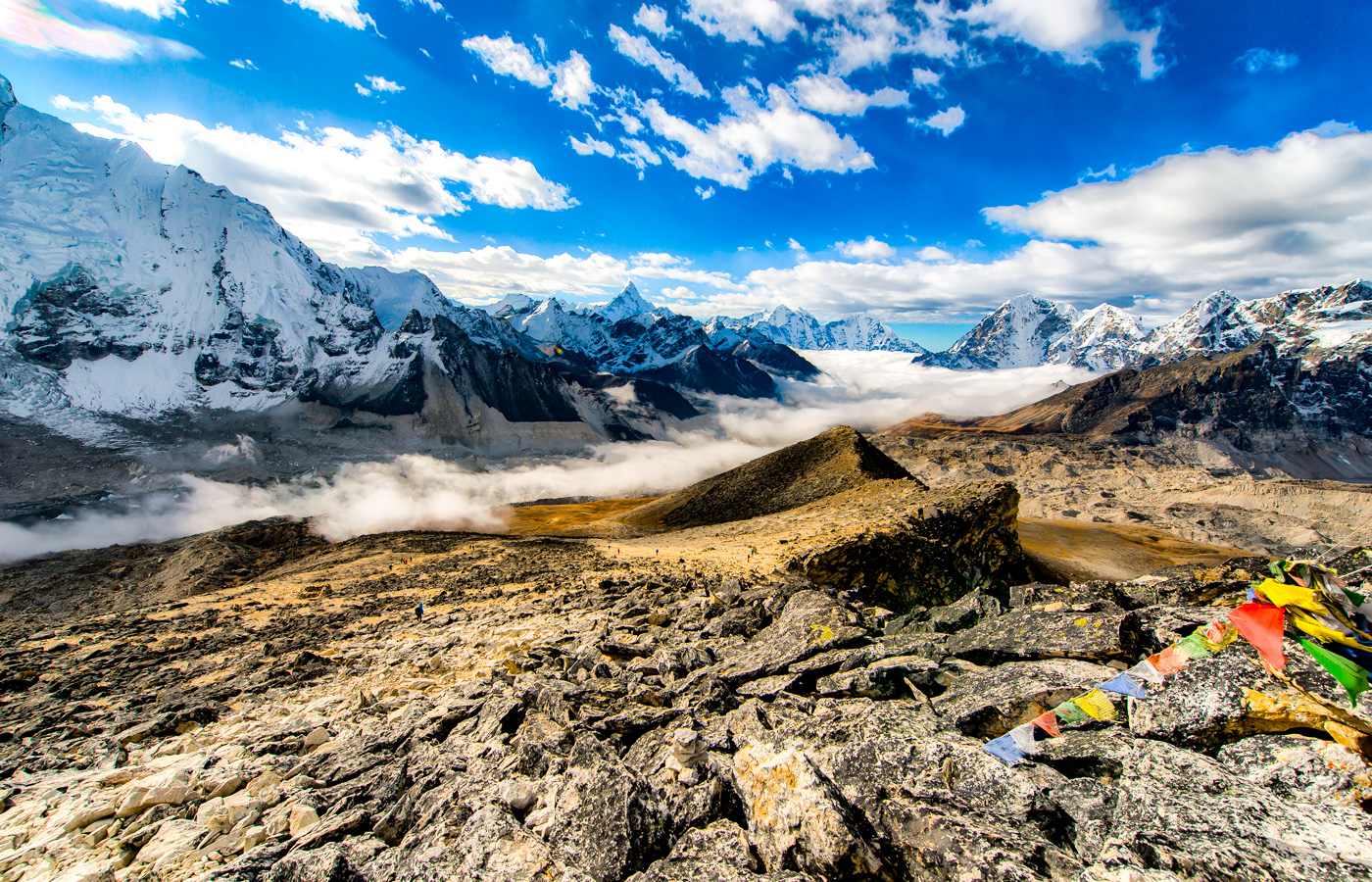
Kala Patthar, a popular viewpoint for Mount Everest, has had its elevation debated for a while. It was traditionally measured at 5,545 meters, but recent surveys show it's actually 5,644.5 meters (18,519 feet).
While the exact height might vary a bit, the views of Everest from Kala Patthar are still incredible. The climb to Kala Patthar is tough, but seeing Everest and the surrounding peaks makes it worth it.
The Changing Face of Everest
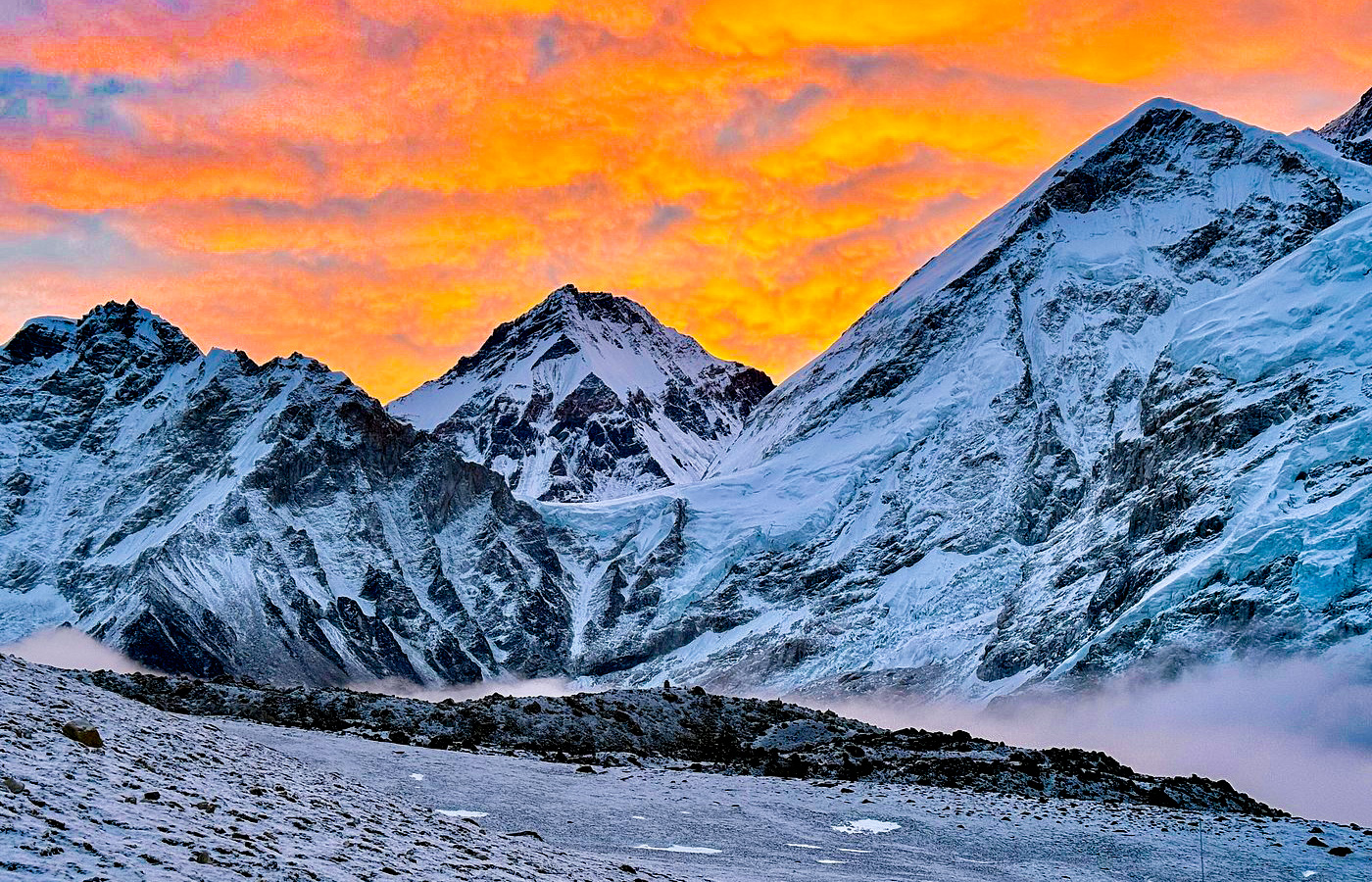
Mount Everest is a dynamic environment shaped by many factors. Climate change has caused glaciers to melt, which affects the landscape and makes certain areas harder to reach. These changes make things more complicated for climbers and trekkers. They also remind us why sustainable practices matter for protecting the Everest region.
The shifting landscape also affects local communities and wildlife. It reveals how connected everything is in this environment. Monitoring and reducing the effects of climate change is essential to keeping the Everest ecosystem in balance.
The Khumbu Icefall: A Treacherous Passage
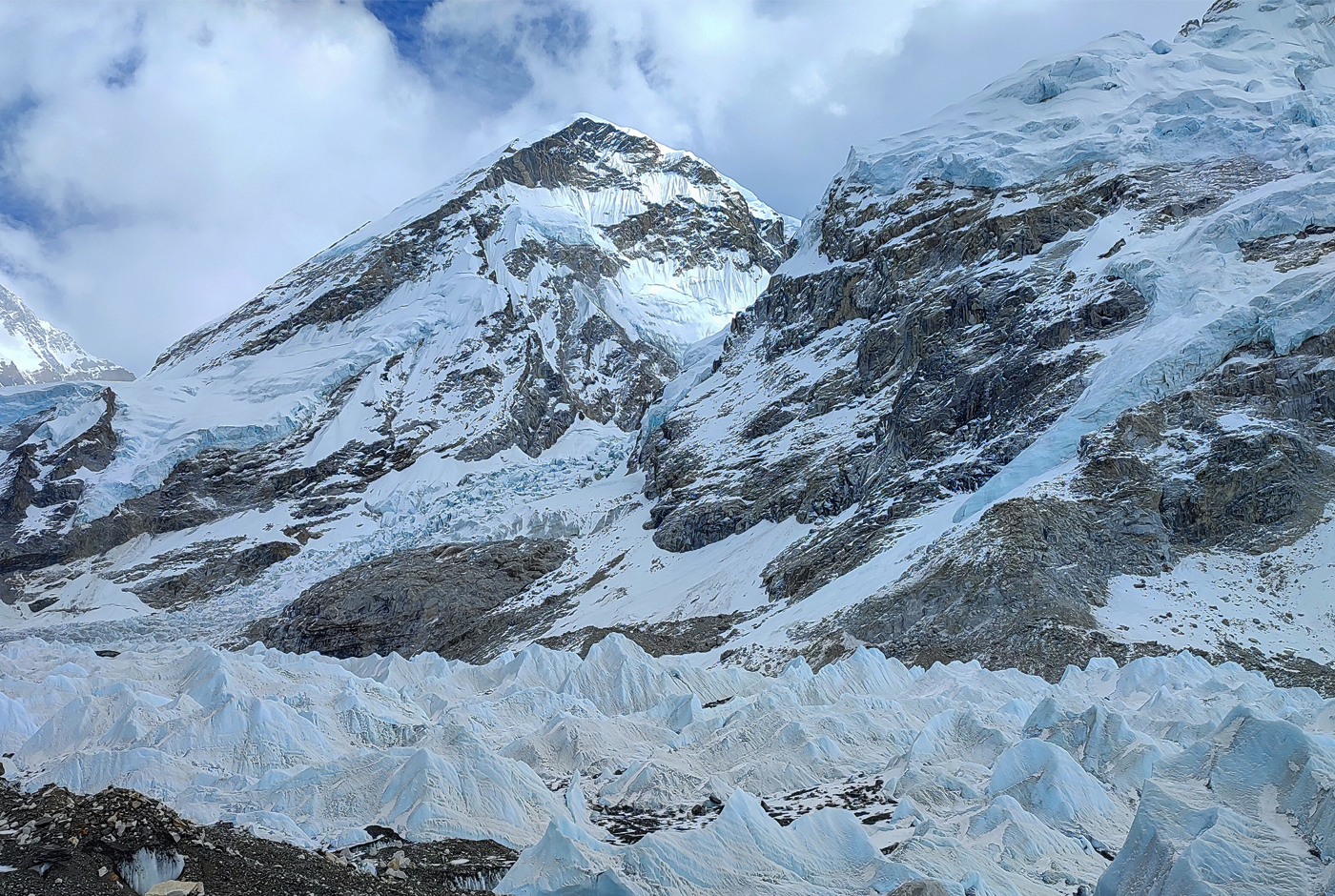
The Khumbu Icefall is one of the hardest parts of the Everest climb. It's between Base Camp and Camp I. You'll see huge ice blocks, deep gaps, and glaciers that move around. Climbers cross it using ladders and ropes. It's really hard to get through.
Despite the dangers, the Khumbu Icefall is unavoidable for anyone heading to the summit. The icefall constantly shifts, so it requires ongoing monitoring and quick thinking. This really highlights how strong and determined climbers need to be to get through it.
The Sherpa Legacy
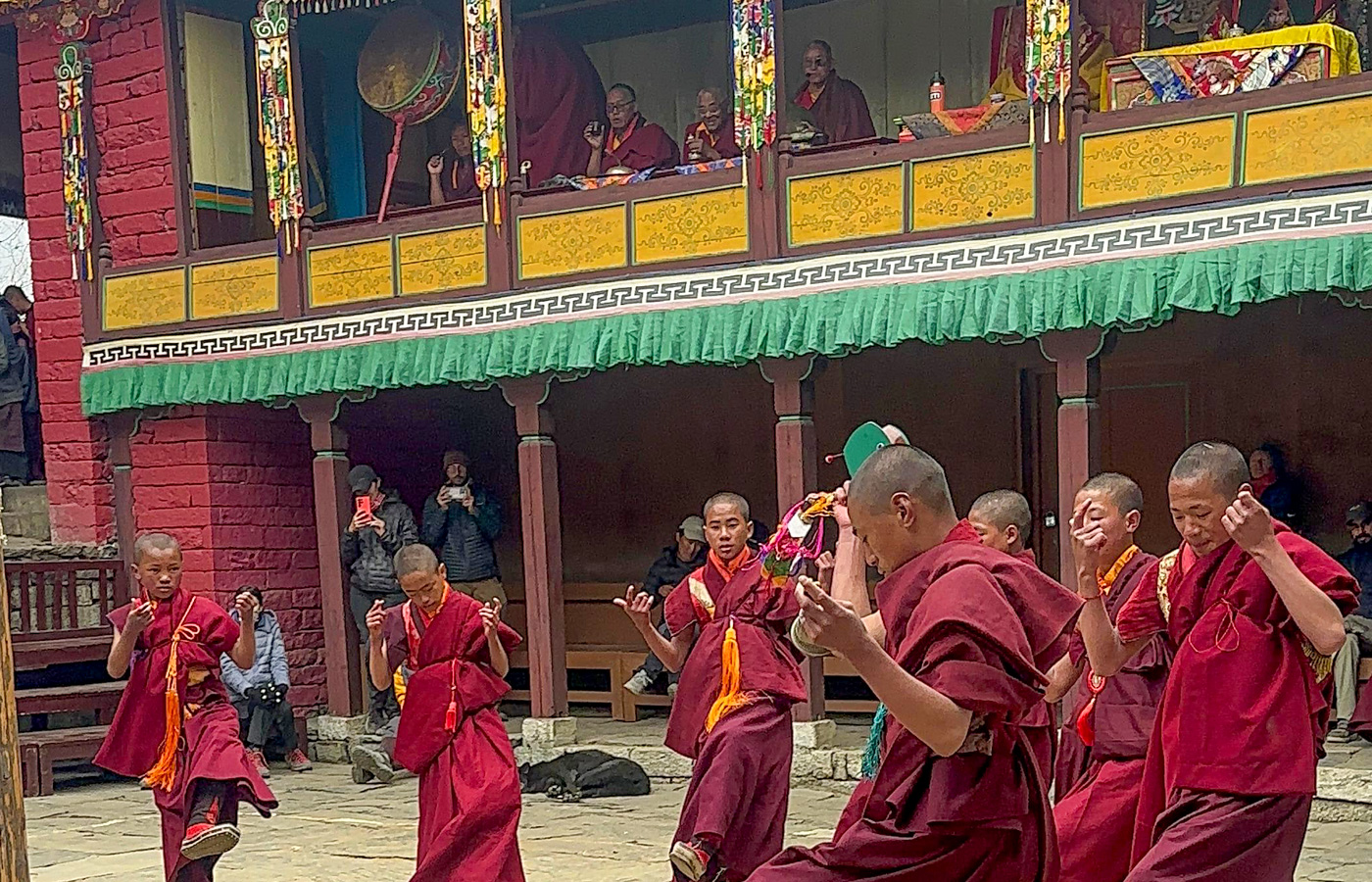
The Sherpa people have been at the heart of Everest's climbing story. They know these mountains better than anyone else. Their climbing skills and stamina make them essential to every expedition. Plenty of Sherpas have made it to Everest's summit themselves, and what they've done is pretty amazing.
Their work goes way beyond climbing, though. Sherpas guide and help trekkers and climbers every step of the way. Their deep roots in the Everest region and its traditions add so much to the area's culture. They're really at the heart of what makes climbing Everest meaningful.
The Everest Marathon: Running on the Roof of the World
The Everest Marathon, held every year in May, holds the title of the world's highest marathon. It starts from Everest Base Camp at 5,364 meters and winds down through the Khumbu Valley for 42.195 kilometers. Runners from all over the world come for this race because it offers a one-of-a-kind challenge with fantastic views along the way.
Participating in the Everest Marathon is not just a test of physical endurance but also a celebration of the human spirit and determination. The event has grown in popularity over the years, drawing attention to the Everest region and promoting tourism and cultural exchange.
The Himalayan Jumping Spider: Everest's Tiny Resident
At an astonishing altitude of 6,480 meters (21,260 feet), the Himalayan jumping spider (Euophrys omnisuperstes) has been observed. This remarkable arachnid holds the title of the highest-known terrestrial animal. Despite the extreme cold and low oxygen levels, it survives in the harsh conditions at Mount Everest's summit.
Scientists believe the spider survives due to its unique features, such as a rapid metabolism and enzymes that remain functional in frigid temperatures. Discovering life up there has changed our understanding of its ability to endure and what can actually exist in high-altitude places.
Everest's Flora and Fauna: Life Amidst the Rocks
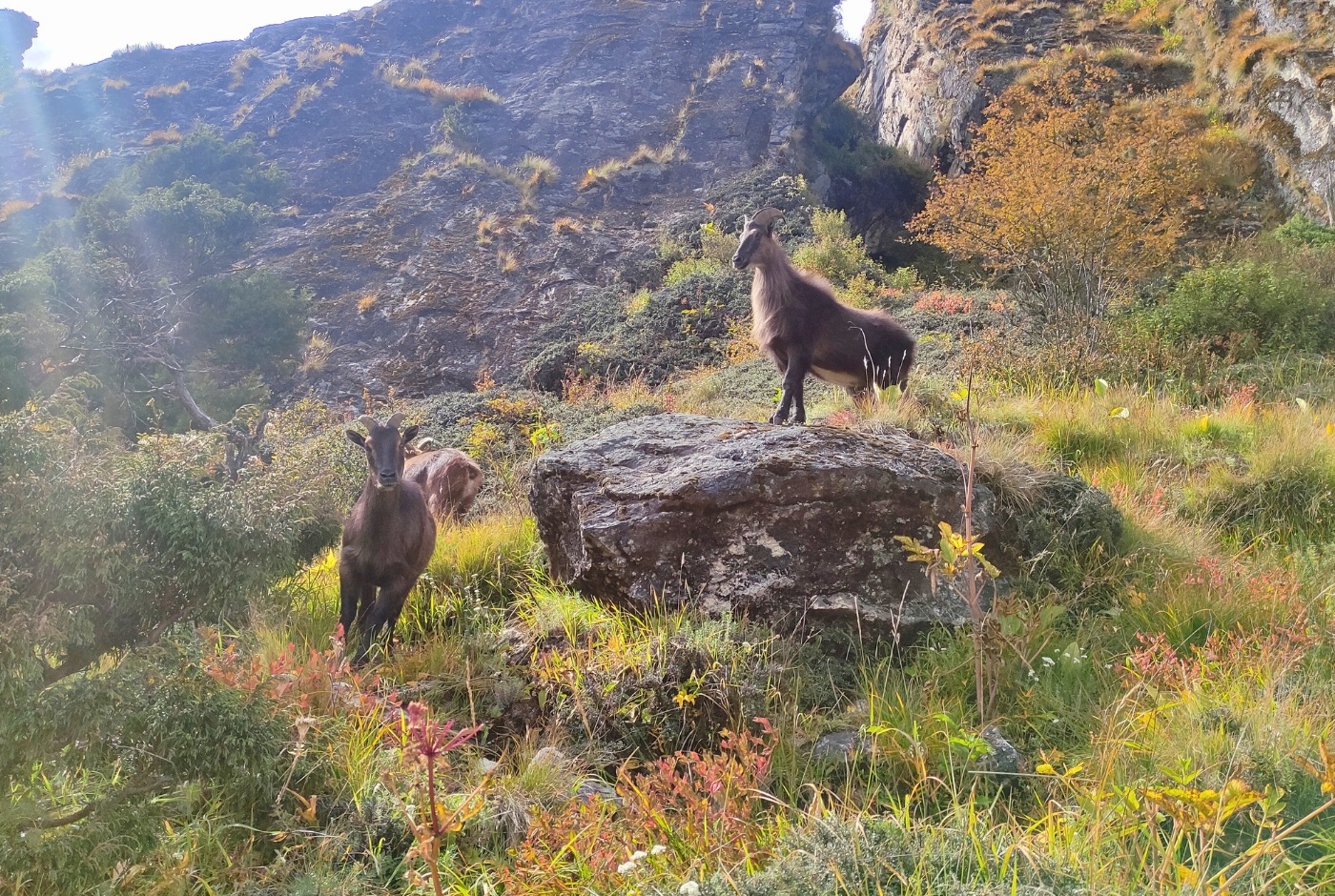
Mount Everest's rocky landscape does have some life. The sandwort (Arenaria bryophylla) is the world's highest flowering plant. It grows at heights up to 6,180 meters (20,280 feet). This tiny white flower lives in the thin air and freezing temperatures on Everest's upper slopes.
There's also a type of moss that grows at 6,480 meters (21,260 feet). That makes it the highest plant we know of on Earth. These plants are tougher than they look. They provide food and shelter for small organisms and insects. They help make the Everest region's biodiversity memorable.
Why Choose Nepal Hiking Team for the Everest Base Camp Trek?
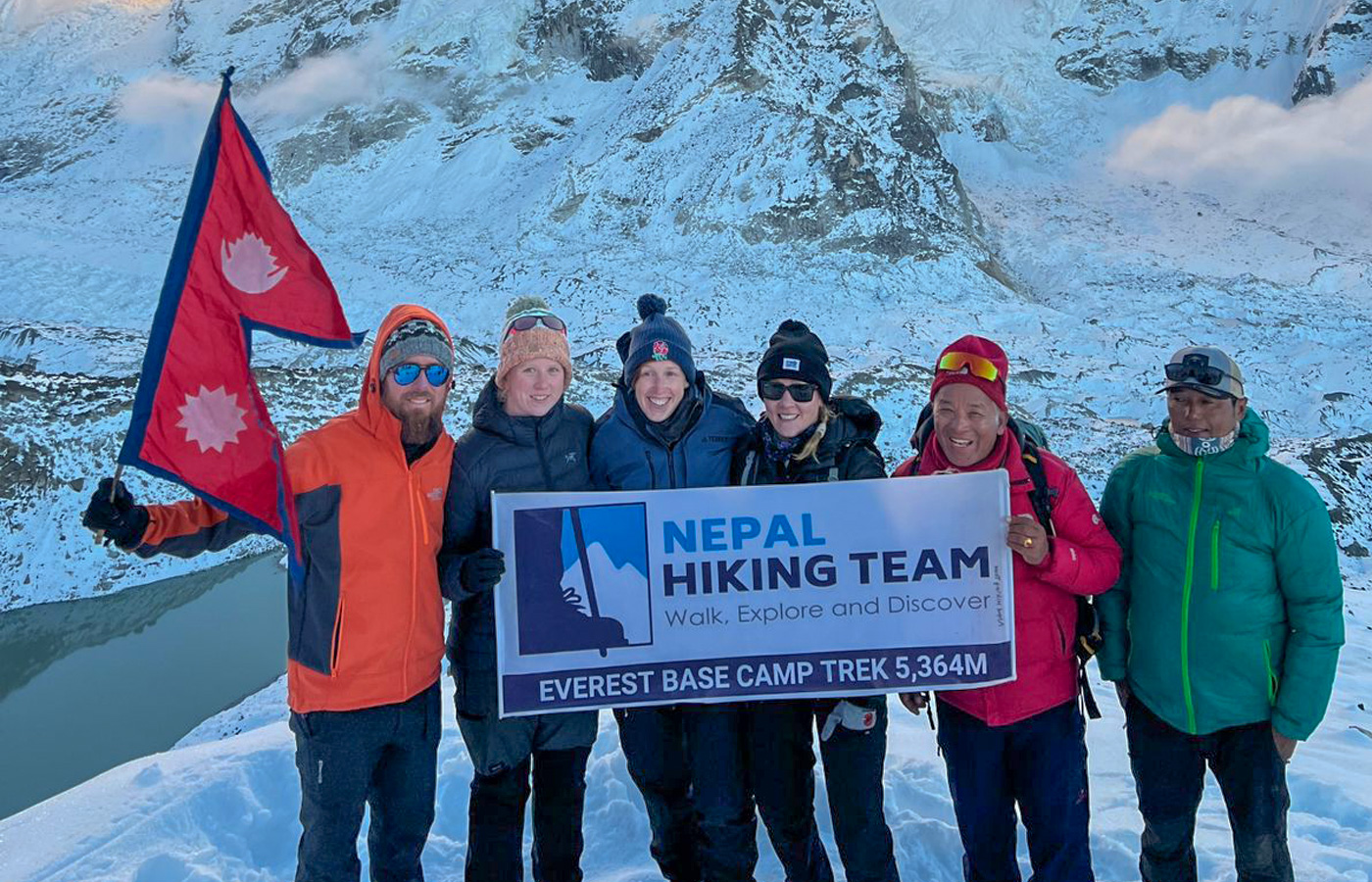
Trekking with Nepal Hiking Team means seeing the Himalayas through the eyes of people who've lived there all their lives. Our guides have spent years on these trails and know every turn, village, and hidden corner of the Everest region. Along the way, they share stories about Sherpa culture, local festivals, and mountain legends that you won't find in any guidebook.
You'll try homemade yak cheese in faraway lodges and watch the sun rise over Ama Dablam. We make sure each day gives you something special to remember. We handle everything so you can just enjoy the trek.
Our plans include rest days to help your body adjust to the altitude properly. We provide what you need, including warm sleeping bags, oxygen supplies, and backup gear. We care about the mountains and the people here.
We follow green practices, stay at local guesthouses, and ensure porters receive fair pay and treatment. When you trek with Nepal Hiking Team, you embark on a journey that feels right, stays safe, and leaves a lasting impression.
Conclusion
Everest Base Camp isn't just a place you get to visit. It's a trip that tests you physically and mentally while opening your eyes to something bigger. When you prepare well and go with people who know what they're doing, you can handle the high trails, shifting weather, and new experiences without stress.
At Nepal Hiking Team, we give you personal care from the first day to the last. We sort out permits, places to sleep, and all the planning details. You just focus on what's in front of you and the memories you're making. Trek with us and you'll embark on a journey that transforms you while respecting the mountains.
Book your Everest Base Camp trek today with us and turn your dream of standing at the base of Mount Everest into an unforgettable reality.
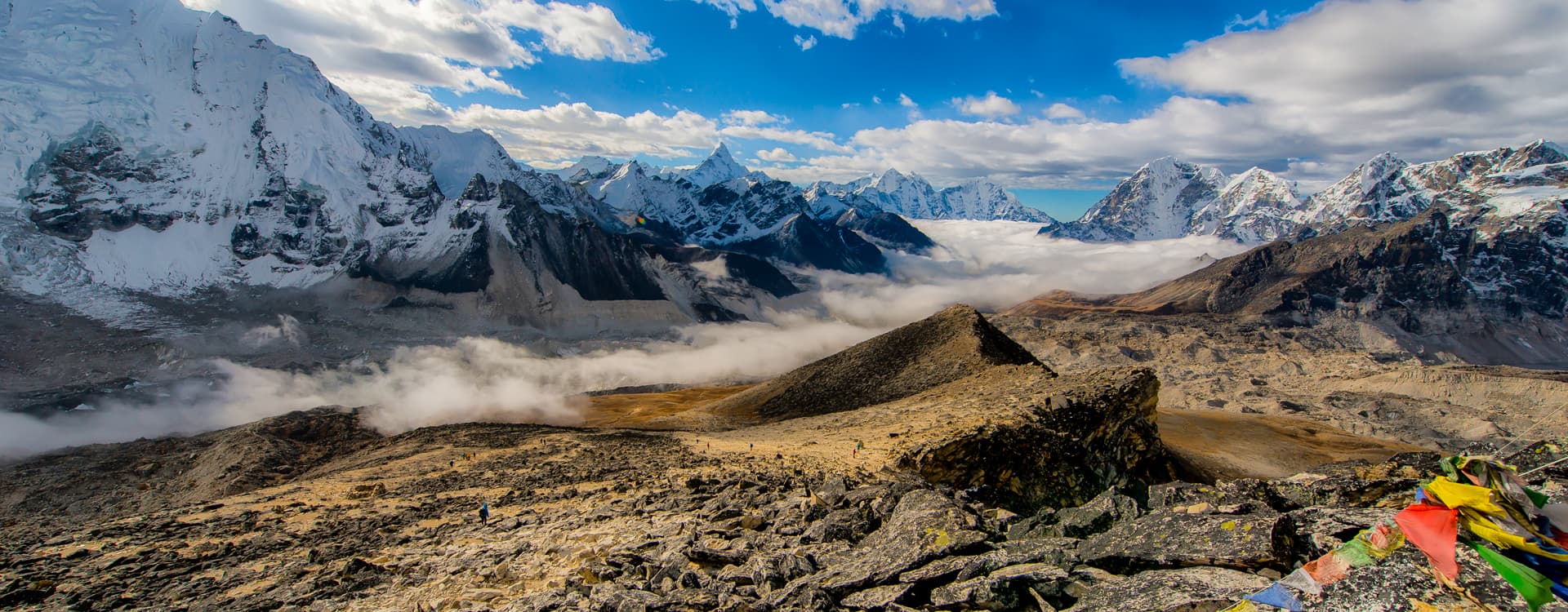


Post a Comment